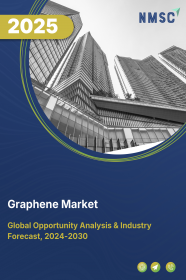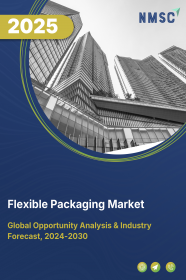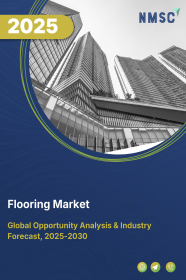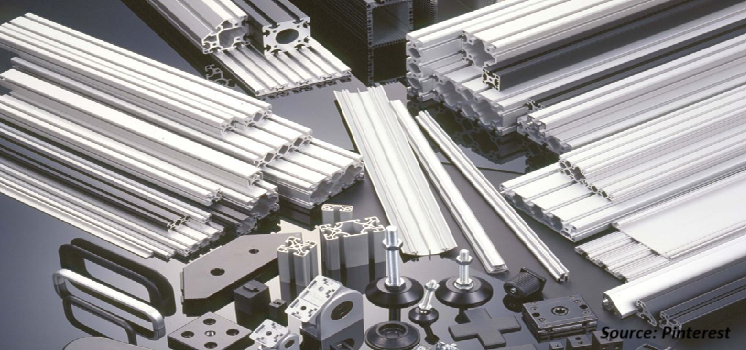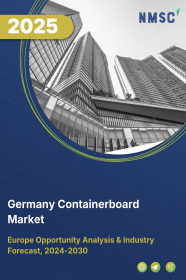
Germany Containerboard Market by Material (Virgin Fibres, Recycled Fibres, and Mixed Fibres), by Type (Linerboard and Flutting), by Wall Type (Single Face, Single Wall, Double Wall, and Triple Wall), and by End-User (Food and Beverage, Consumer Electronics, Personal Care and Cosmetics, and Others End-User) – Opportunity Analysis and Industry Forecast, 2024–2030
Industry: Materials and Chemical | Publish Date: 19-Feb-2025 | No of Pages: 144 | No. of Tables: 79 | No. of Figures: 44 | Format: PDF | Report Code : MC2672
US Tariff Impact on Germany Containerboard Market
Trump Tariffs Are Reshaping Global Business
Germany Containerboard Market Overview
The Germany Containerboard Market size was valued at USD 6.08 billion in 2023 and is predicted to reach USD 6.82 billion by 2030, with a CAGR of 1.34% from 2024 to 2030. In terms of volume the market size was 4658 kilotons in 2023 and is projected to reach 6103 kilotons in 2030, with a CAGR of 3.21% from 2024 to 2030.
The containerboard market refers to the segment of the paper industry that produces a type of paperboard specifically designed for the manufacturing of corrugated boxes and packaging materials This encompasses the production, distribution, and consumption of containerboard products by various industries for packaging purposes.
Containerboards are durable and strong paperboard which is primarily recycled from old corrugated containers (OCC) and mixed paper, as well as virgin fibres obtained from wood pulp. These boxboards offer numerous advantages, including their strength and durability, which ensures reliable protection for products during transit and storage, significantly reducing the risk of damage.
Moreover, these containerboards offer a lightweight feature which minimizes shipping costs and environmental impact. Its versatility allows for customization to meet diverse packaging needs, from small boxes to large containers.
The Growing Export Activities from the Nation is Significantly Boosting the Germany Containerboard Market Demand
The expansion of Germany's export sector is significantly boosting the demand for robust packaging solutions, particularly containerboard. This demand arises from the need to ensure the secure transportation of goods across various industries, such as automotive, pharmaceuticals, electronics, and consumer goods.
According to the Observatory of Economic Complexity, Germany's total exports reached USD 1.6 trillion in 2022. Over the last five years, exports increased by USD 207 billion, rising from USD 1.39 trillion in 2017.
This substantial growth in exports directly boosts the demand for containerboard packaging, as businesses aim to protect their products during transit and ensure safe delivery to customers worldwide.
The Increasing E-commerce Industry Across the Country is Driving the Germany Containerboard Market Growth
Germany's thriving e-commerce industry is significantly driving the demand for robust packaging materials to ensure the safe and secure delivery of products to customers. This surge in demand is directly contributing to the growth of the containerboard market in the country.
According to the International Trade Administration, Germany is one of the largest e-commerce sectors in Europe, with significant growth in recent years. In 2022, the country achieved an e-commerce penetration rate of 80 percent, making it the third highest in the world. As e-commerce continues to evolve and expand, the demand for containerboard packaging is expected to rise accordingly, further solidifying its importance in Germany's packaging industry.
The Presence of Alternative Materials Restrain the Germany Containerboard Market Expansion
The rise of alternative packaging materials such as plastics, metals, glass, and composites pose a potential challenge to the demand for containerboard. These substitutes could threaten containerboard, especially if they offer cost advantages or superior performance in specific applications.
Innovative advancements in plastic, metal, glass, or composite materials may lead to their increased adoption by industries traditionally reliant on containerboard, potentially resulting in a loss of market share for containerboard products, particularly where alternative materials offer unique benefits.
Additionally, the increasing focus on sustainability and environmental concerns may further drive the shift towards eco-friendly and recyclable alternatives, prompting containerboard manufacturers to adapt by developing more sustainable products to meet evolving consumer and regulatory demands.
The Integration of Nanotechnology and Smart Packaging in Containerboard Creates Market Opportunity
The Germany containerboard market is expected to experience significant growth as it incorporates emerging technologies such as nanotechnology and smart packaging. These advancements enable the development of high-performance, cost-effective, and versatile containerboard products with enhanced customization and branding capabilities.
Additionally, the integration of nanotechnology and smart packaging solutions will allow for the creation of containerboard products with advanced features such as active protection and real-time monitoring.
This fusion of technology and innovation will unlock new opportunities for the Germany containerboard market trends, driving its growth and expansion in the years to come. With these advancements driving innovation, the market is poised for significant growth in the upcoming years.
Competitive Landscape
Several market players operating in the Germany containerboard industry includes Novelis, Smurfit Kappa, Schutz GmBH, Progroup AG, Gerresheimer, Carl Eichhorn KG, Japacking GmbH, Paul Lindner GmbH, Cartoflex, Hamburger Containerboard, and others.
Germany Containerboard Market Key Segments
By Material
-
Virgin Fibres
-
Recycled Fibres
-
Mixed Fibres
By Type
-
Linerboard
-
Kraftliner
-
Testliner
-
-
Flutting
By Wall Type
-
Single Face
-
Single Wall
-
Double Wall
-
Triple Wall
By End-User
-
Food and Beverage
-
Personal Care and Cosmetics
-
Consumer Electronics
-
Others End-User
Key Market Players
-
Novelis
-
Smurfit Kappa
-
Schutz GmBH
-
Progroup AG
-
Gerresheimer
-
Carl Eichhorn KG
-
Japacking GmbH
-
Paul Lindner GmbH
-
Cartoflex
-
Hamburger Containerboard
REPORT SCOPE AND SEGMENTATION:
|
Parameters |
Details |
|
Market Size In 2023 |
USD 6.08 Billion |
|
Revenue Forecast In 2030 |
USD 6.82 Billion |
|
Growth Rate (Value) |
CAGR of 1.34% from 2024 to 2030 |
|
Market Volume in 2023 |
4658 kilotons |
|
Volume Forecast in 2030 |
6103 kilotons |
|
Growth Rate (Volume) |
CAGR of 3.21% from 2024 to 2030 |
|
Analysis Period |
2023–2030 |
|
Base Year Considered |
2023 |
|
Forecast Period |
2024–2030 |
|
Market Size Estimation |
Billion (USD) |
|
Growth Factors |
|
|
Companies Profiled |
10 |
|
Market Share |
Available for 10 companies |
|
Customization Scope |
Free customization (equivalent up to 80 working hours of analysts) after purchase. Addition or alteration to country, regional, and segment scope. |
|
Pricing And Purchase Options |
Avail customized purchase options to meet your exact research needs. |

















 Speak to Our Analyst
Speak to Our Analyst



